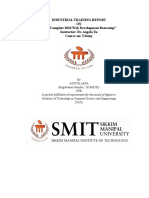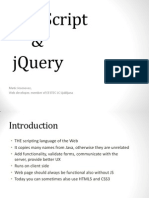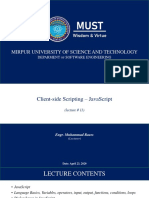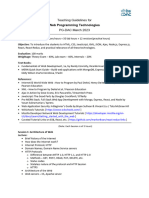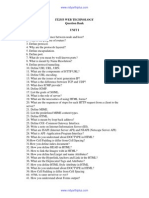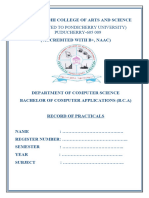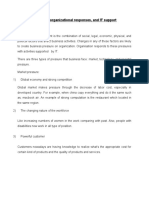0% found this document useful (0 votes)
48 views38 pagesWeb Development Project Report
The document is a skill-oriented course report for a Web Development course at Vasireddy Venkatadri Institute of Technology. It outlines the course objectives, content, and outcomes, covering topics such as HTML, JavaScript, XML, PHP, and MySQL. The report includes a certificate of completion and details on the course structure and requirements for the award in Electronics and Communication Engineering.
Uploaded by
Devabn NirmalCopyright
© © All Rights Reserved
We take content rights seriously. If you suspect this is your content, claim it here.
Available Formats
Download as DOCX, PDF, TXT or read online on Scribd
0% found this document useful (0 votes)
48 views38 pagesWeb Development Project Report
The document is a skill-oriented course report for a Web Development course at Vasireddy Venkatadri Institute of Technology. It outlines the course objectives, content, and outcomes, covering topics such as HTML, JavaScript, XML, PHP, and MySQL. The report includes a certificate of completion and details on the course structure and requirements for the award in Electronics and Communication Engineering.
Uploaded by
Devabn NirmalCopyright
© © All Rights Reserved
We take content rights seriously. If you suspect this is your content, claim it here.
Available Formats
Download as DOCX, PDF, TXT or read online on Scribd
/ 38









